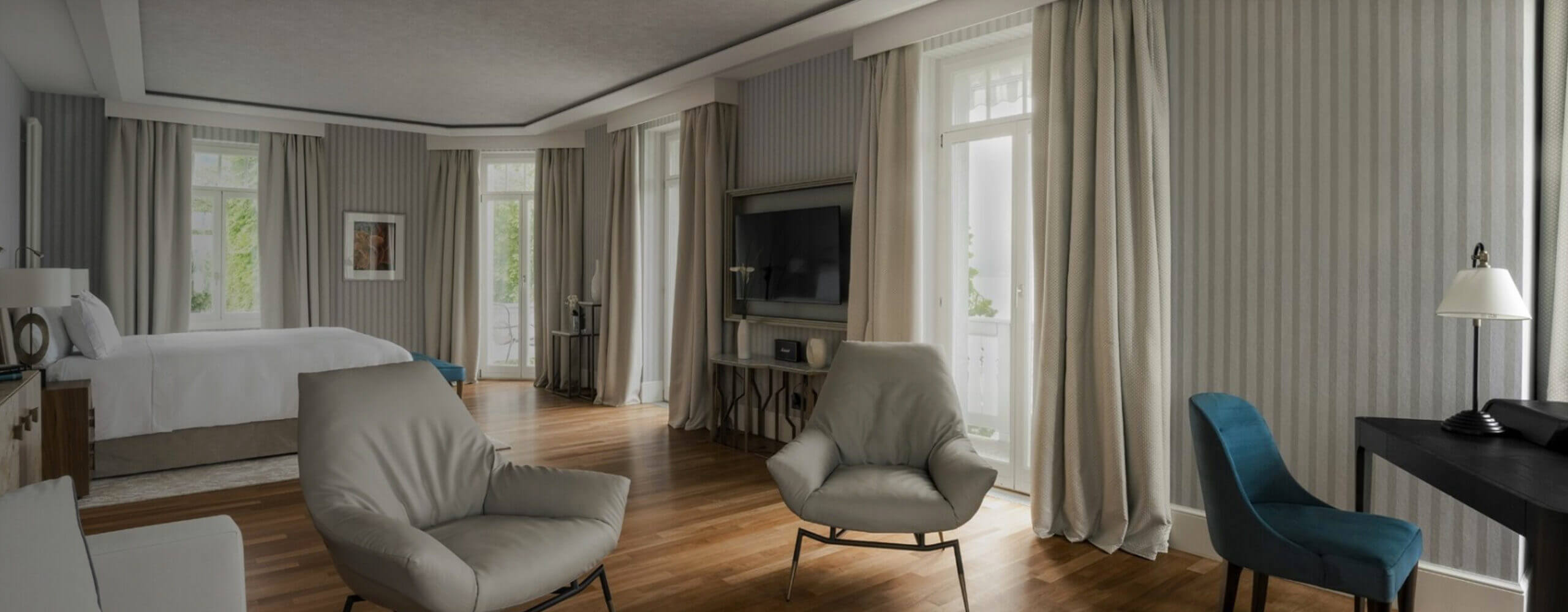
In a hyperactive modern world full of endless choices and change, why choose an antique for your personal space, office, or art collection?
The team at London-based, Butchoff Antiques, have put together five compelling reasons to take another look at the timeless designs created in the past.
5 Reasons to Take Home an Antique
1 Historical Significance
Antiques are enduring symbols of the historical importance of design and high taste. As versatile objects, to be both appreciated visually and used practically, antiques tell stories about the history of fashion, decoration, and utility, connecting the past to present.
Pay attention to the details! The form and decoration of a piece can indicate its origins: where and when it was likely made. They signify the style of a moment, and the fashion for interior decoration in a particular place and time. Antiques have always had the adaptability to integrate into existing interior schemes, as newer pieces have long sat beside older ones. For centuries, the choice of furniture, artwork, and decorative objects in a space marked the taste, sensibility, and cultural knowledge of their owners.

2 Craftsmanship & Quality
Today it is hard to find furniture and art, which has not been machine-made or quickly assembled on a conveyer belt intended for mass production.
By contrast, antiques of exceptional quality are unique — intended as exclusive, ‘one of a kind’ pieces. Furniture historians have discovered that the leading 19th-century Parisian cabinetmaker, Francois Linke, could spend up to several months (or an average of 200 hours or more) building a piece of furniture. Most furniture made before the early twentieth century, was painstakingly built by hand, and made of indigenous or exotic woods and materials, created or shipped by boat from countries all over the world.
Furniture constructed with hard woods and joinery techniques that withstand the test of time are still recognized today as remarkable examples of technical advancement. The English furniture maker Gillows of Lancaster gained their reputation for excellence in craftsmanship and use of materials, by their founder’s insistence on being at the very cutting edge of design. This commitment had kept the company in the first line of makers throughout their one-hundred-and-seventy-year history, and Gillows remains a byword for fine craftsmanship and extraordinary quality.

3 Buying and Building a Collection
Where to start? Buying a few pieces or starting to build a collection can be based on many factors, whether in personal preference or attraction, or for more practical considerations. You might be adding to an existing theme, considering the potential for long-term appreciation, or simply thinking about their purpose or function.
If you’re interested in superb craftsmanship and historical significance, you might take a look at this exceptional piece, a Buffet-Cabinet by Maison Gueret, which was exhibited at the 1873 Vienna Universalle Exposition, and received the highest award of the ‘Diploma of Honour’. Or if you’re trying solve a practical problem in fine style, look no further than this large cream and gilt Italian mirror which would transform any interior space.

4�? Interior Decoration
Antiques can make a timeless contribution to their interior spaces. Depending on your tastes, you might locate several objects throughout a space to create a “layered” look, or just one or two to act as statement pieces. This can be a powerful effect.
If you buy a piece with beautiful lines, curves, and construction, it can fit into even the most modern and contemporary design schemes. Mixing new and older pieces and creating striking contrasts can breathe new life in a newer space and neighboring pieces.

5 Sustainability
Purchasing antiques, particularly furniture, is environmentally friendly. Antiques are inherently recycled and repurposed over time. Very few products can claim such versatility and longevity. A study by the International Antiques and Collectors Fairs (IACF) published in 2015 noted that a new chest of drawers made in China has a carbon footprint 16 times higher than its antique equivalent.
























